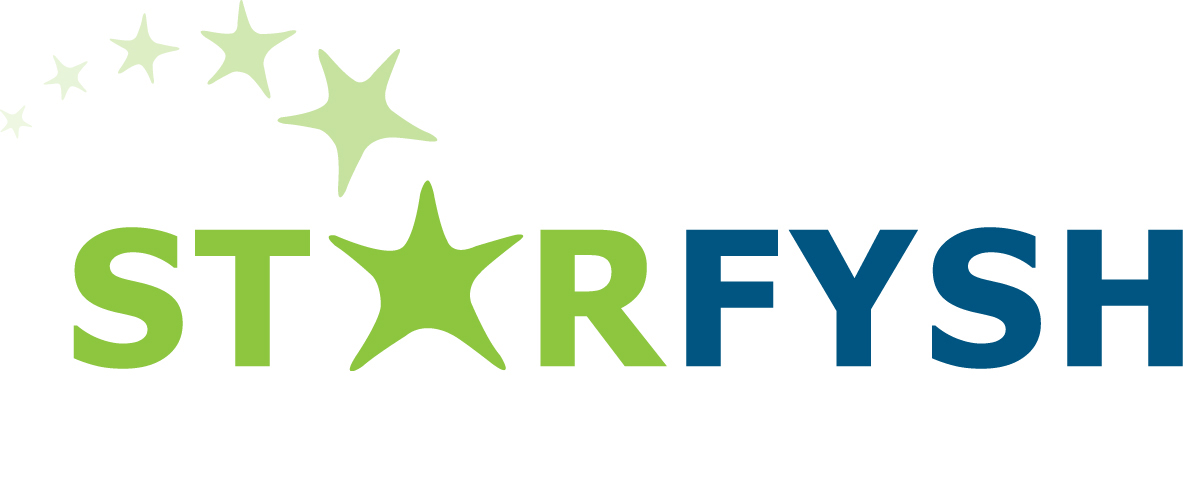If the people of La Gonave are ever to rise from their misery permanently, it will not be because of continued outside help, but because her own people do the raising. The degree to which our efforts are successful must be measured by how well they can be sustained with out the need for constant propping-up.
The sad reality is that the island of La Gonave currently has very little in the way of an economy, with very few goods or services being produced that could economic lift by bringing dollars to the island. The great majority of La Gonavian businesses are tiny street vendors who sell produce and merchandise imported from Haiti’s mainland. A few larger businesses do exist (e.g., casket-makers, cinderblock makers, etc.) but even these businesses have La Gonave as their only market. The island has no exports, none even to her countrymen on the mainland. Not counting dollars brought in by foreign charities and non-government organizations, the vast majority of La Gonave’s dollars flow away from the island. Sequestered by the sea, La Gonave seems to be on her own.
The degree to which our efforts begin to thrive on their own will depend on the extent to which we are successful at building local capacity and economy. To that end, it is essential that we birth and stimulate village economies that will enable those communities to assume both control and funding of the initiatives we set in motion. If the village is to prosper, it will only be because she prospers from the inside out, not vice-versa.
A popular tool for establishing new businesses in the developing world is the “micro-enterprise” approach. We have determined that this approach is best left up to institutions with significant financial and on-ground capacities that can provide strong and constant accountability structures. Starfysh’s strength is in coming along side promising individuals already in the trenches and helping them grow.
A careful look at Starfysh’s various project efforts (e.g., agriculture, education, etc.) reveals the importance we place in integrating a economic model into the project design.
Whether or not Starfysh’s efforts in a particular village community continue to thrive, after we move on to the next village, will depend on the extent to which we are successful at building that local capacity and economy. It is absolutely essential, therefore, that we birth and stimulate village economies that will enable the community to assume both the control and the funding of the initiatives set in motion. If the village is to prosper, it will only be because she prospers from the inside out and not vice-versa.
